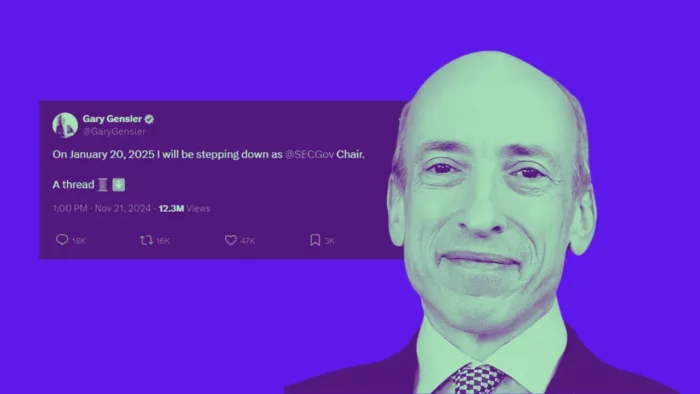If you have debt and are looking for the best way to pay it off, you’ve probably heard of two common strategies: the debt snowball and the debt avalanche. Both of these strategies involve gradually paying off your debt. Before deciding which strategy is best for you, it is important to be aware of the key differences between the two approaches, despite the fact that they are both capable of assisting you in saving money and paying off your debt in a more expedient manner.
The Debt Snowball
The goal of the debt snowball method is to eliminate all of your smallest debts as quickly as possible. This means that you make the minimum payments due on all of your outstanding debts, regardless of the interest rate or any other factors, while devoting any extra funds to making larger payments on the smallest debt until it is paid off. This continues until all of your debts have been paid off. When this one is paid off, you can move on to the next smallest debt you owe, and so on, until eventually you have paid off all of your debts. The rationale behind this strategy is that it has the potential to result in an early and decisive victory, which, in turn, may increase the level of motivation to pursue additional debts.
The Debt Avalanche
The debt snowball method uses one strategy, while the debt avalanche method uses an entirely different approach. With this strategy, the most important consideration is not the total amount of each loan but rather the interest rate that is attached to it. Higher interest rates are given more weight than lower ones. Therefore, any extra money that is available at the end of each month is put toward paying off the loan with the highest interest rate first, regardless of the size of the loan; once this loan is paid off, the remaining loans are paid off in the order of their interest rates, continuing this process until all loans have been repaid in full.
Debt Snowball vs Debt Avalanche – Which Is Better?
Both of these strategies can help you save money by allowing you to get out of debt more quickly than would be possible if you simply made the minimum payments on all of your loans. However, when deciding between them, it is important to consider what will best match up with your financial goals as well as temperamentally because, at times, success depends more on psychological factors such as remaining motivated than it does on physical factors such as anything else! For instance, if you need something tangible to keep yourself going, then pursuing smaller debts first might be better suited for maintaining focus towards achieving long-term goals than attempting to tackle larger ones right away could be. Similarly, if the desire to save money outweighs the emotional appeal of paying off debt, then an avalanche-style attack might be preferable given how much less would be paid in interest over the course of time.






